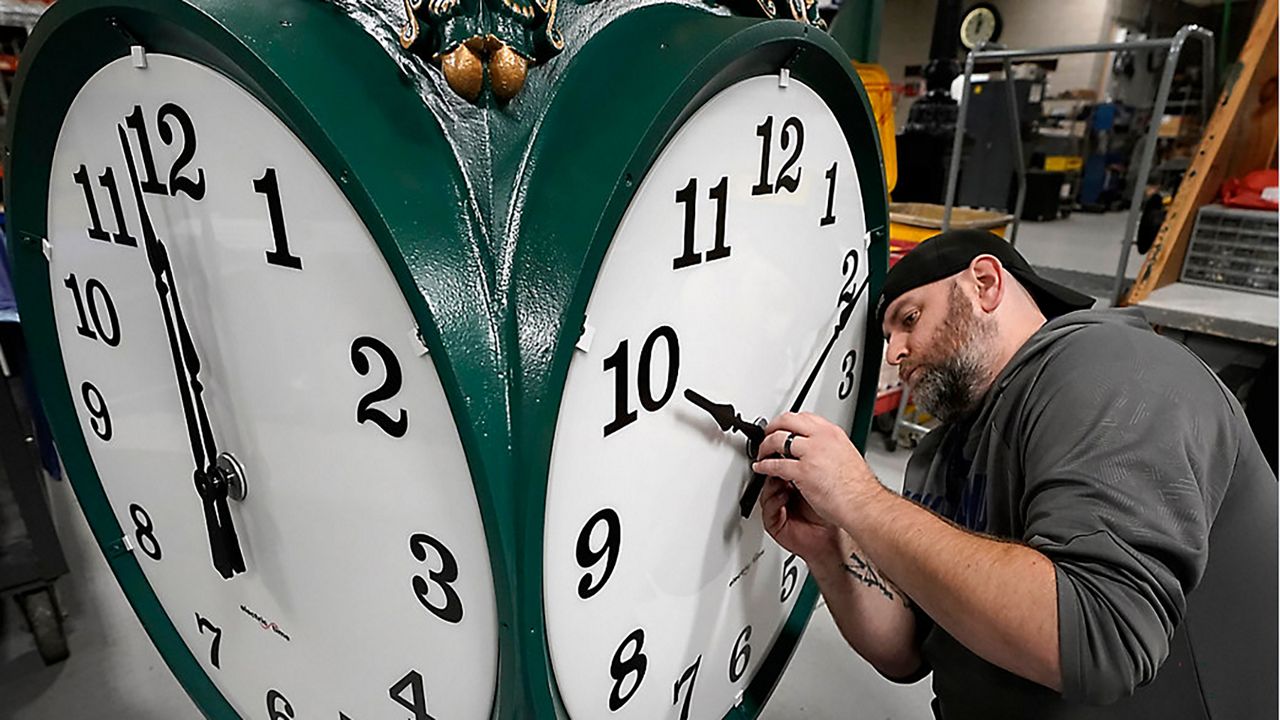The time for the U.S. to "spring forward" this weekend comes with more resurfaced pushes to make daylight saving time permanent in New York.
State Assemblyman Angelo Santabarbara, a Democrat from Rotterdam, said on Thursday he remains committed to ending the biannual process of changing clocks, an effort he has continued for years now.
Last year, he reintroduced a bipartisan bill to make daylight saving time, which typically runs from the second Sunday in March through the first Sunday in November, continue year-round in New York. It would only take effect if New York's five neighboring states — Vermont, Massachusetts, Connecticut, New Jersey and Pennsylvania — pass similar legislation. That bill died in committee.
Santabarbara believes that adopting daylight saving time year-round could bring various benefits, including better public health, energy conservation and economic growth.
"As the debate continues and legislatures continue discussing the issue, Santabarbara encourages everyone to stay engaged in the conversation about daylight saving time," his office said in a release. "With increasing support, he hopes a decision will be made soon."
The effort to make daylight saving time or standard time permanent has been in conversation regularly in the fall and spring when the clocks change and has gained traction over the last few years. Nineteen U.S. states have passed legislation or resolutions in the last five years to make daylight saving time year-round, according to the National Conference of State Legislatures.
In 2022, the U.S. Senate unanimously passed the Sunshine Protection Act, which would make daylight saving time permanenat nationwide, but it never faced a vote in the House of Representatives.
Congress passed a measure to start advancing the clocks ahead one hour in the spring and back an hour in the fall in 1918 to preserve daylight. Arizona and Hawaii and the U.S.'s five inhabited territories do not observe the practice.
Luke Parsnow - New York State Politics Digital Content Producer
Luke Parsnow is the New York state politics digital content writer and producer at Spectrum News 1. He is an award-winning writer and political columnist and previously worked for CNYCentral in Syracuse and The Post-Star in Glens Falls, New York.





